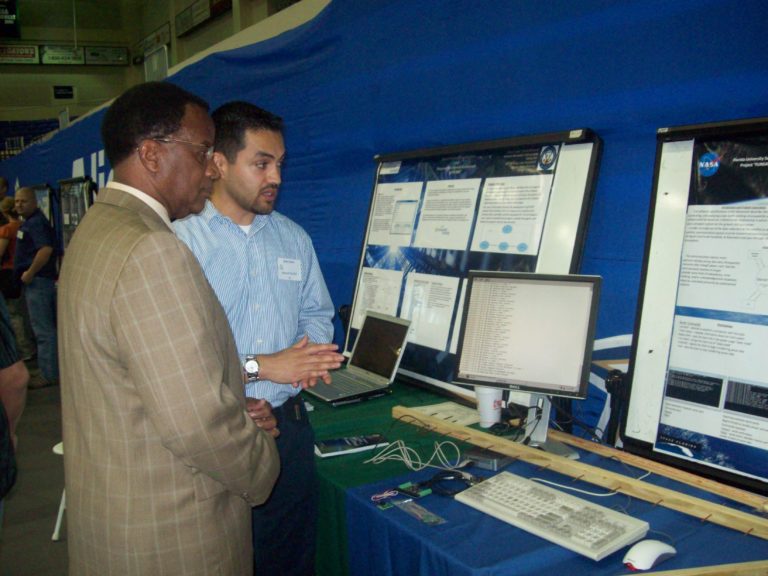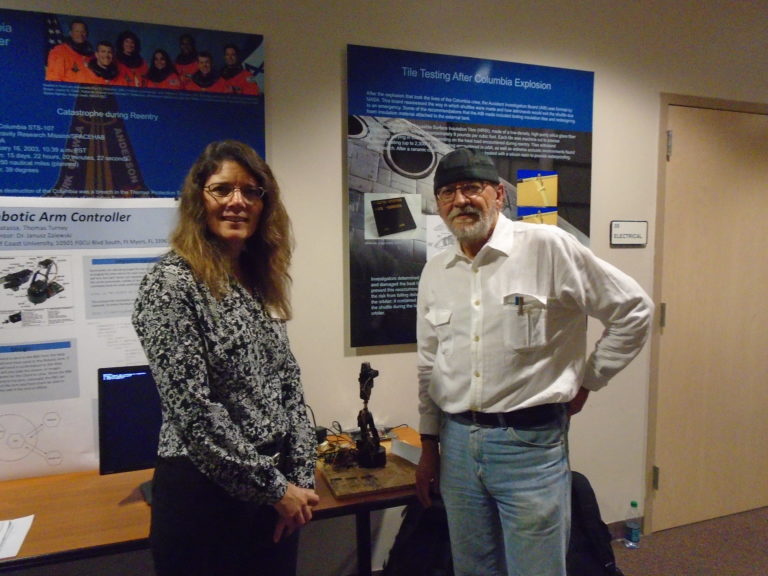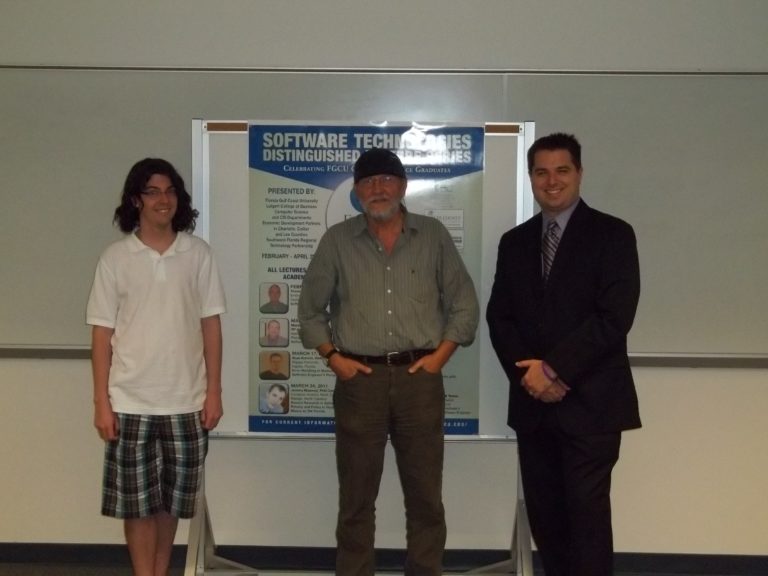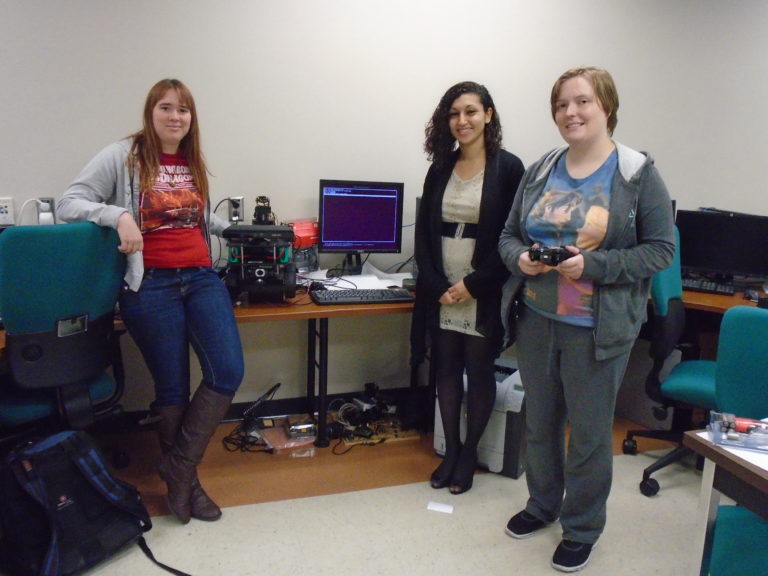



2004 Research
by Dr. Janusz Zalewski
Extended Generic Layered Architecture for Real-Time Modeling and Simulation
Jacek Malec, Janusz Zalewski
Proc. 2nd Swedish-American Workshop on Modelling and Simulation, Cocoa Beach, FL, February 2-4 2004, pp. 120-126.
Abstract: This Generic Layer Architecture (GLA) has been created to deal with problems of reasoning in conventional process control. It is composed of a process layer, dealing with the external environment, a rule layer, that provides an inference engine associated with a system state, and an analysis layer responsible for planning and reasoning. This results in a hybrid controller that enhances conventional modes of operation by the capability of taking intelligent decisions. In this work, we are extending the concept of GLA by adding into the picture three new environments, to make it suitable for purposes of modeling and simulation. The broader context includes a user interface, network communication and image database, where GLA becomes a core element of a sophisticated real-time information processing system. The extended architecture is applied to a simulation problem from air traffic control - reasoning about, predicting and detecting collisions. In this problem we focus on investigation of timing estimates on the reasoning process to meet hard deadlines in the problem domain.
A Study of Cluster Computing over IEEE 1394
Catheryne Williamsson, Daniel Williamsson, Janusz Zalewski
Proc. 2nd Swedish-American Workshop on Modelling and Simulation, Cocoa Beach, FL, February 2-4, 2004, pp. 209-217.
Abstract: This study investigates the effectiveness of using IEEE 1394 serial bus under Linux for Cluster Computing in a view of achieving higher performance of real-time simulation. Studying the benefit of isochronous transmission for various devices and network configurations, as well as workloads, was a particular objective of this research. In this view the effect of the use of multicasting on improvement or degradation of performance has been also analyzed. The tests have been performed using sockets and MPI implementations to compare IEEE 1394 and Fast Ethernet. The results show the effectiveness of using isochronous mode over asynchronous mode and the use of multicasting over broadcasting. The study also shows how the network can be optimized in different ways and suggests continued research that can be done to further investigate the performance of the IEEE 1394 under Linux for Cluster Computing.
